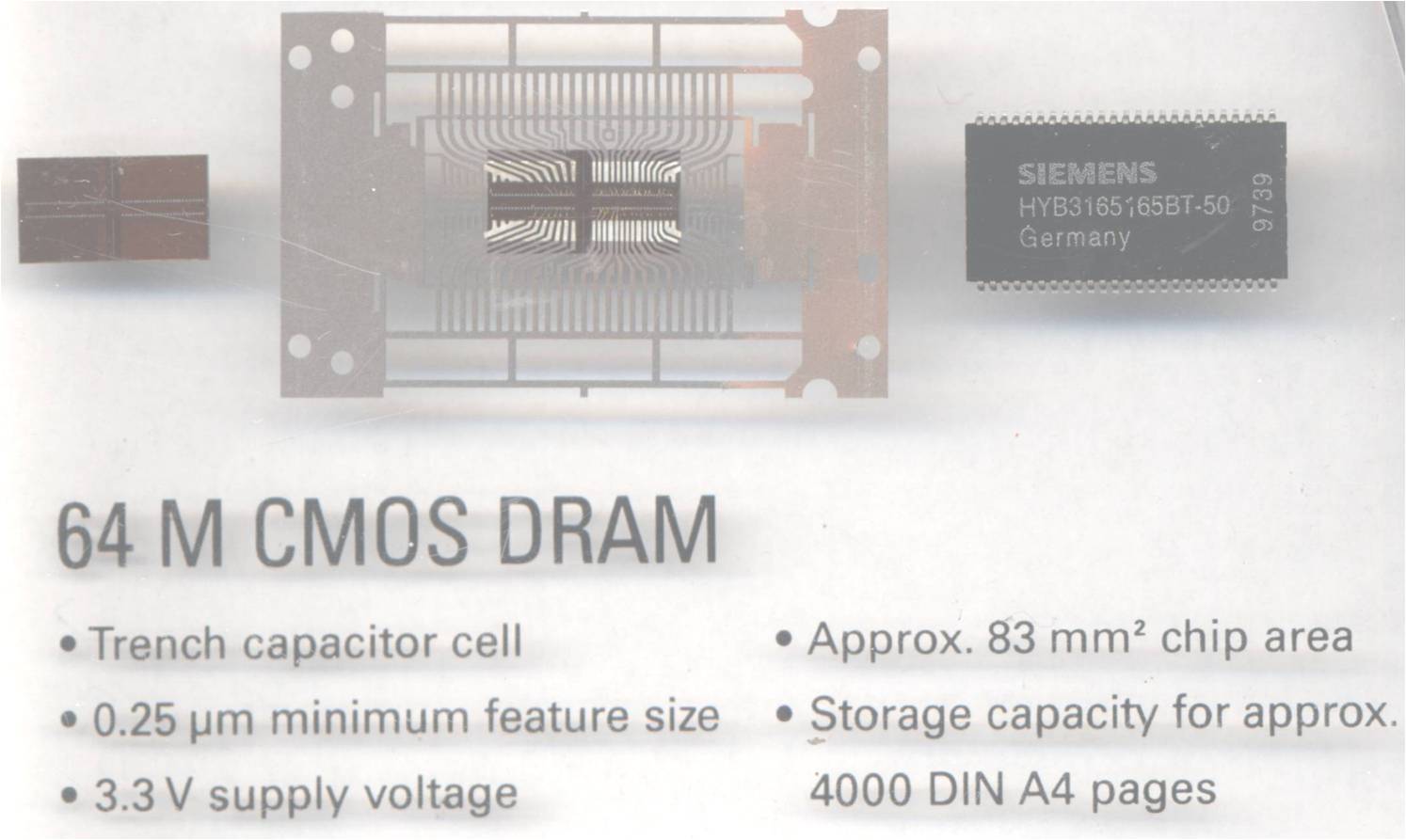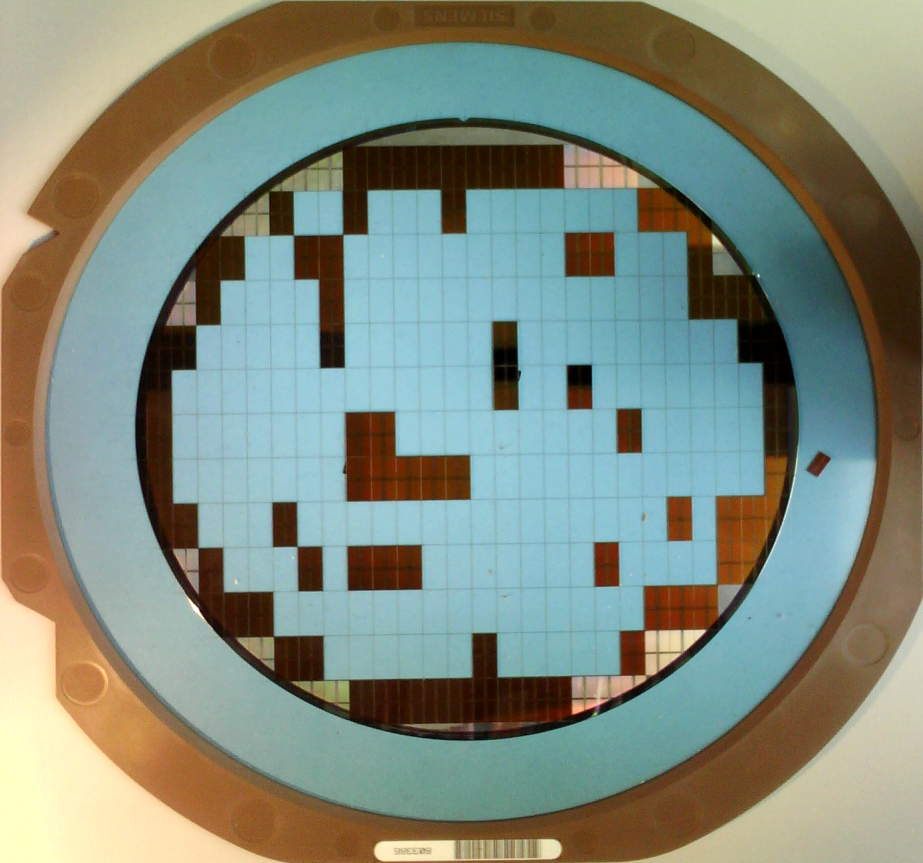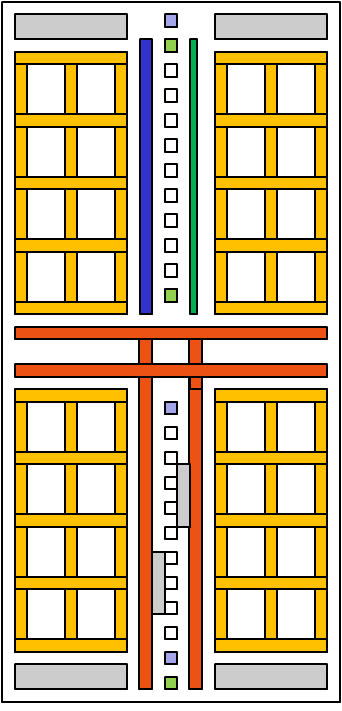Elektronik 310 SpannungsreglerLängsreglerProf. Dr. Jörg Vollrath09 Hallsensor |

|
Video der 16. Vorlesung Schaltungstechnik 18.5.2021
|
Länge: 1:02:43 |
0:2:16 5.1 Power overview 0:4:26 5.2 Power converters 0:6:2 5.3 Need for converters 0:8:18 Load Regulation 0:11:30 Line Regulation 0:13:55 Wirkungsgrad, Efficiency 0:14:39 5.4 DC Power Distribution PC 0:19:20 5.5 Types of Converters 0:24:20 DRAM power grid 0:29:30 Power on sequence 0:35:50 Linear regler, standard and LDO 0:37:0 5.7 Pros and Cons 0:41:4 Beispiel Längsregler (Linearregler) 0:49:10 Diskussion Ergebnis 0:52:35 Welligkeit, ripple 0:55:0 5.9 Board space 0:57:44 5.11 PFET as pass device 1:1:40 5.13 Freilaufdiode 1:2:44 5.15 Stabilität 1:5:20 LTSPICE Praktikumsschaltung 1:11:20 Laständerung am Ausgang 1:13:28 Load regulation LoR = 30mV/300mA = 0.1 Ohm 1:15:55 Spannungsverlauf bei Laständerung 1:18:40 Stabilität |
Start
Power
- 5.1 Power Overview
- 5.2 Power Converters
- 5.3 Load Regulation, Line Regulation
Sie kennen die Schaltungstopologie eines Längsreglers und können Line Regulation, Power efficiency und Lastausregelung bestimmen (Theory, Simulation, Aufbau und Messung).
Unit 5, 1-21
Power Conversion Motivation
Welche Beispiele kennen Sie?
Welche Spannungserzeugung, Spannungsversorgung und Spannungsübertragung gibt es?
Welche Lasten gibt es?
Welche Wandler gibt es?
-
Quellen: Batterie, Generator, Solarzelle
- Steckdose (AC), Netzteil, Laptop (DC), Lampe (AC,DC)
- Steckdose (AC), USB Ladegerät, Handy, Akku (DC)
- Steckdose (AC), Labornetzteil, Regelbare Spannung DC
- Umspannwerk (AC/AC)
- Photovoltaik (DC in, DC/AC out)
Last: Motor (AC, DC), LED, analog and digital IC, uC, Speakers
Klassifikation
AC to AC conversion:
Transformator
AC to DC conversion
Boost, Flyback
DC to DC conversion
Linearregler (Vout < Vin)
Buck (Vout < Vin)
Boost (Vout > Vin)
Ladungspumpe
DC to AC conversion
Inverter
Begriffe
- Quelleninnenwiderstand
Statisch
- Line Regulation (LiR):
\( LiR = \frac{\delta V_{out}}{ \delta V_{in}} \) - Power Efficiency (Eta):
\( \eta = \frac{V_{out} \cdot I_{out}}{V_{in} \cdot I_{in}} \)
- Lastausregelung (Load regulation, LoR)
\( LoR = \frac{\delta V_{out}}{ \delta I_{out}} \)
Innenwiderstand
Dynamisch
- Welligkeit
Ideal power conversion:
Vin · Iin = Vout · Iout
Example: Vin = 2 V, Vout = 4 V, Iout = 100 mA
Calculate Iin.
Iin = 200 mA
Vin · Iin = Vout · Iout
Example: Vin = 2 V, Vout = 4 V, Iout = 100 mA
Calculate Iin.
Iin = 200 mA
Power System
|
Power grid: DRAM example

|


|
Power grid: DRAM example

|

|
There are separate power supply pins for the data input and outputs (IO).
The number of power pins is proportional to the number of IOs.
There are separate grids for digital and analog circuits.
Horizontal and vertical lines are connected to a grid and provide power.
The block diagram shows different voltages in different colors in different areas.
Voltage pumps and regulators are shown in grey.
A bandgap reference circuit provides temperature and voltage independent voltages.
The number of power pins is proportional to the number of IOs.
There are separate grids for digital and analog circuits.
Horizontal and vertical lines are connected to a grid and provide power.
The block diagram shows different voltages in different colors in different areas.
Voltage pumps and regulators are shown in grey.
A bandgap reference circuit provides temperature and voltage independent voltages.
Power on sequence: DRAM

|
A low array voltage is used to save power.
A negative back bias is needed reducing memory cell leakage current.
A high voltage Vpp gives the select transistor overdrive to store the full Vblh level in the memory cell.
Vint is optimized for speed and to be able to drive the IOs.
A high current peak, when power is turned on, has to be avoided.
All capacitances will be charged up at power up.
A negative back bias is needed reducing memory cell leakage current.
A high voltage Vpp gives the select transistor overdrive to store the full Vblh level in the memory cell.
Vint is optimized for speed and to be able to drive the IOs.
A high current peak, when power is turned on, has to be avoided.
All capacitances will be charged up at power up.
Analyse der Betriebszustände einer Schaltung
- Aus
Liegt keine hohe Spannung mehr an?
Alterung und Korrosion können Bauteile zerstören - Einschalten
Wie groß sind die Einschaltströme? - Ein
Funktioniert Alles? - Ausschalten
Gibt es Entladeströme, Induktivitäten?
Linearregler LTSPICE
Analysieren Sie die dargestellte Schaltung.
Welche Bauteile oder Grundschaltungen erkennen Sie und welche Funktion haben diese?
Der Regler kann durch Aktivierung des Transistors MP1 die Ausgangsspannung erhöhen.
Eine Überspannung am Ausgang kann der Regler nicht kompensieren.
Berechnung der Ausgangsspannung:
\( V_{out} = V_{ref}\frac{R_2 + R_3}{R_3}\)
Untersuchung der Line Regulation (LiR) in folgendem Arbeitspunkt: I = 100 mA, R = 33 Ω
\( LiR = \frac{\delta V_{out}}{ \delta V_{in}} = \frac{3.26 - 3.18}{ 12 - 6 } = 1.3 \% \)
Die Eingangsspannung wird von 12 V auf 6 V in der Simulation (.dc ) verändert und die Ausgangsspannung beobachtet.
Woher kommt die Änderung?
Power Efficiency (Eta): \( \eta = \frac{V_{out} \cdot I_{out}}{V_{in} \cdot I_{in}} \)
In der Schaltungssimulation werden die Spannungen und Ströme gemessen.
η (Vin = 6 V) = 49.6%
Warum ist der Wirkungsgrad so niedrig?
Lastausregelung (Load regulation, LoR)
\( LoR = \frac{\delta V_{out}}{ \delta I_{out}} \)
Die Spannungsquelle Vload am Ausgang wird in der Zeitsimulation (.tran) von 0 V auf 3.26 V geändert.
dI = 100 mA
dVout = 3.257 V - 3.247 V = 10 mV
LoR = 0.1 Ω
Man sieht den Ausgangswiderstand R6.
R6 zwischen Vx und Vout verhindert Schwingung.
Präzisonsspannungsquelle: TL431
Nachdenken über die Lösung
- Startpunkt sollte immer eine funktionierende Schaltung sein:
Hardware, Messung, Simulation, Rechnung - Messung, Simulation und Rechnung sollten übereinstimmen.
- Der Anwendungsfall und Variationen bestätigen das Verständnis.
- Schaltungsverbesserungen können durchgeführt werden.
Fragestellungen
- Ab welcher Eingangsspannung ist die Ausgangsspannung stabil?
- Wieviel Strom kann maximal geliefert werden?
- Welche Leistung, Wärme entsteht am Transistor?
Wie gross ist der Wirkungsgrad (power efficiency)? - Wie stabil ist Vref?
Zenerdiode versus Präzisionsspannungsquelle TL431 - Ist die Rückkoppelung stabil?
R6 wird geändert. - Was passiert bei einer Laständerung?
Pulsquelle mit Widerstand am Ausgang
Induktive Last
Zusammenfassung und nächste Vorlesung
- Typische Versorgungsspannungen in Systemen
- Spannungsversorgungsnetzwerk
- Line Regulation, Load Regulation
- Wirkungsgrad, power efficiency
- Linearregler
- Simulation und Rechnung
Nächstes Mal